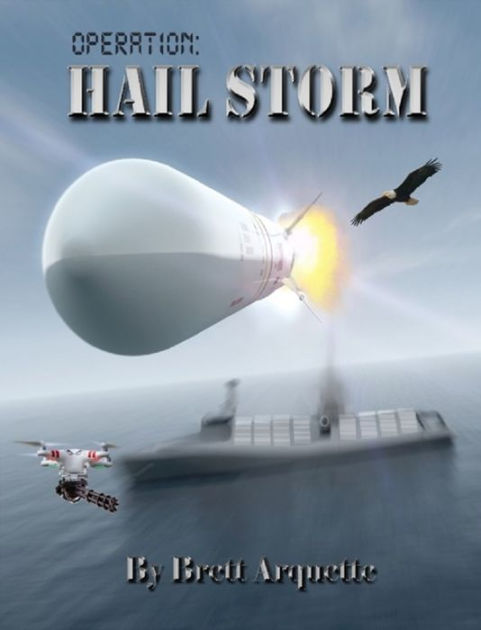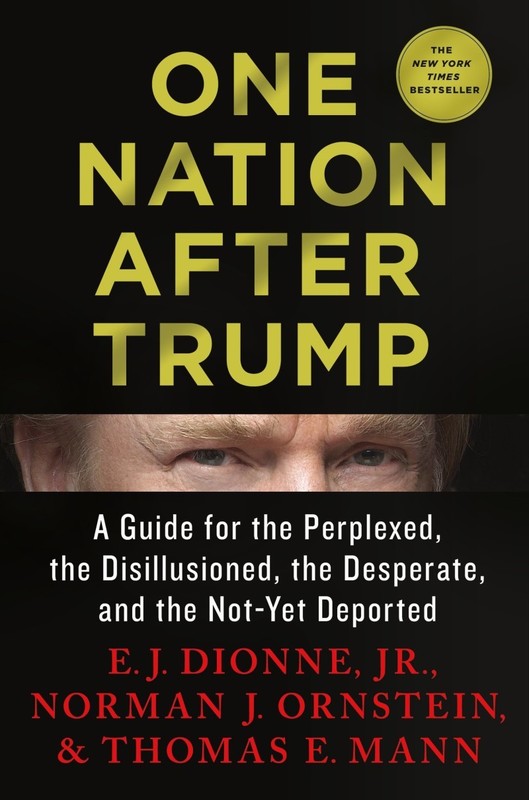Book: Thirteen by Richard K. Morgan
WriterShelf™ is a unique multiple pen name blogging and forum platform. Protect relationships and your privacy. Take your writing in new directions. ** Join WriterShelf**
WriterShelf™ is an open writing platform. The views, information and opinions in this article are those of the author.
Article info
Categories:
⟩
⟩
Tags:
Date:
Published: 2017/11/08 - Updated: 2020/01/24
Total: 485 words
Like
or Dislike
About the Author
Got a suggestion for a good read? Leave it in the comments!
More from this author
More to explore













Noir cyberpunk science fiction is Richard K. Morgan’s speciality and he’s damn good at it. This stand-alone work is the best of his I’ve read so far. Published in 2007 as Black Man in the UK and Thirteen in North America, the book won the Arthur C. Clarke Award in 2008.
Thirteen is the third book by Morgan I’ve read, after Altered Carbon and The Steel Remains. To my eye, it falls in the middle of the other two. It’s also a long book, running some 24 hours in audio form. Despite it’s length, it’s a good place to start with Morgan if you haven’t previously read any of his books.
Altered Carbon, released in 2002, is an ultra-high tech, ultra-violent sci-fi crime story in a world where an individual can move from between bodies - and bodies can be genetically modified and armored to become fantastic fighting machines. I love the idea, and Morgan spins a compelling yarn, but I didn’t want to commit to running through all three of the titles in the series so I didn’t move on. Yet...
The Steel Remains, from 2008, is the first book in a fantasy trilogy set in a mythical time about a warrior who sets off to save a damsel in distress. Plenty of odd supernatural twists and turns and gay sex. I also left this one off after the first book.
Thirteen leans more toward Altered Carbon as it’s set in the future and deals with man-made superhumans. It does, however, have a bit of the quest feeling from The Steel Remains.
I liked the story. The world it describes is earth after a civil war where the US has split into regions: the Rim, the Northeast and the Republic. A colonized Mars also has a role.
The Rim is the west coast, cosmopolitan, tech-oriented, cultured and capitalist. It's matched with the Northeast, aligned with a culturally-tolerant, socialistic Europe. The Republic, aka Jesusland, is fly-over country, devolved into a theocratic hinterland combining the worst of southern bigotry and Taliban-like religious fundamentalism.
The protagonist, Carl Marsalis, is one of the superhumans and he makes his way through his interactions with cold calculation and extreme aggression. But he also learns a thing or two and regains a good deal of humanity along his arc.
In the end, Thirteen is a detective story with Marsalis discovering the plot that drives the tale to its conclusion. And a pretty satisfying one at that.